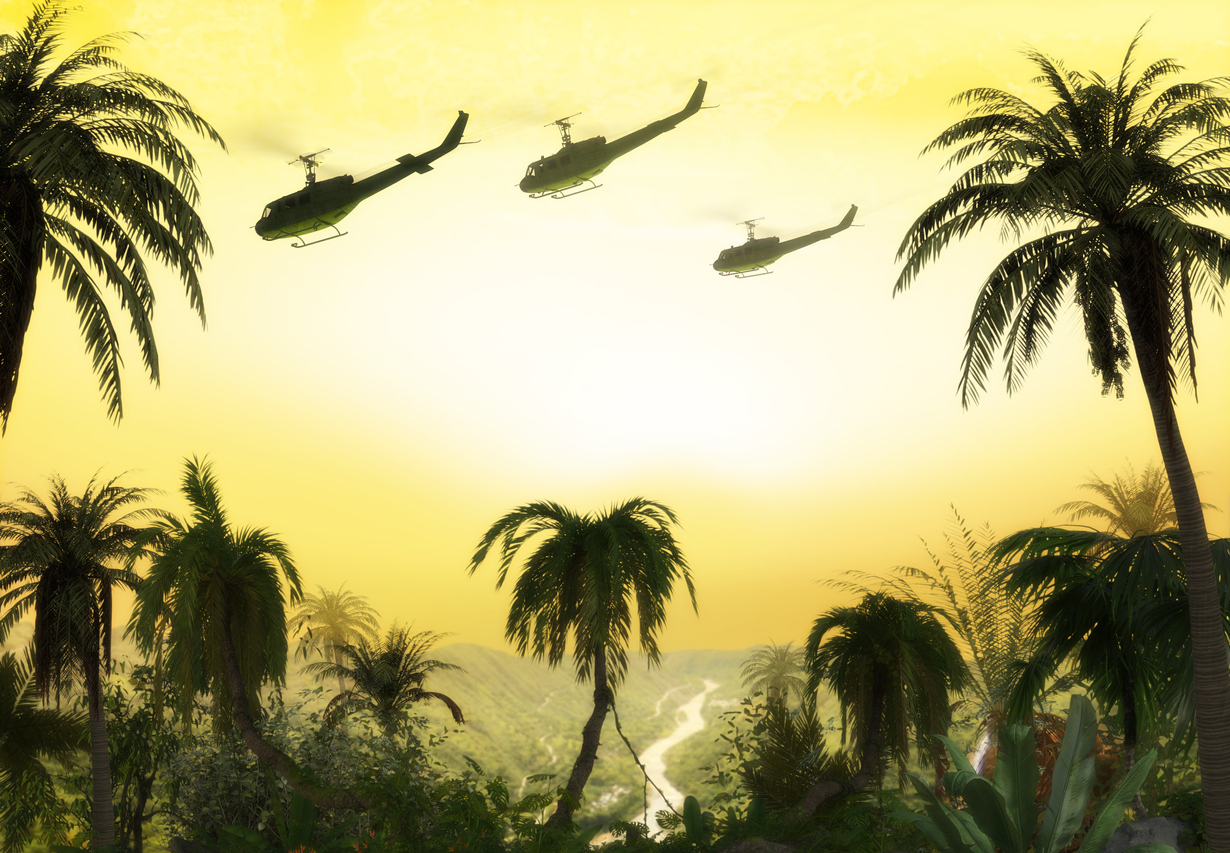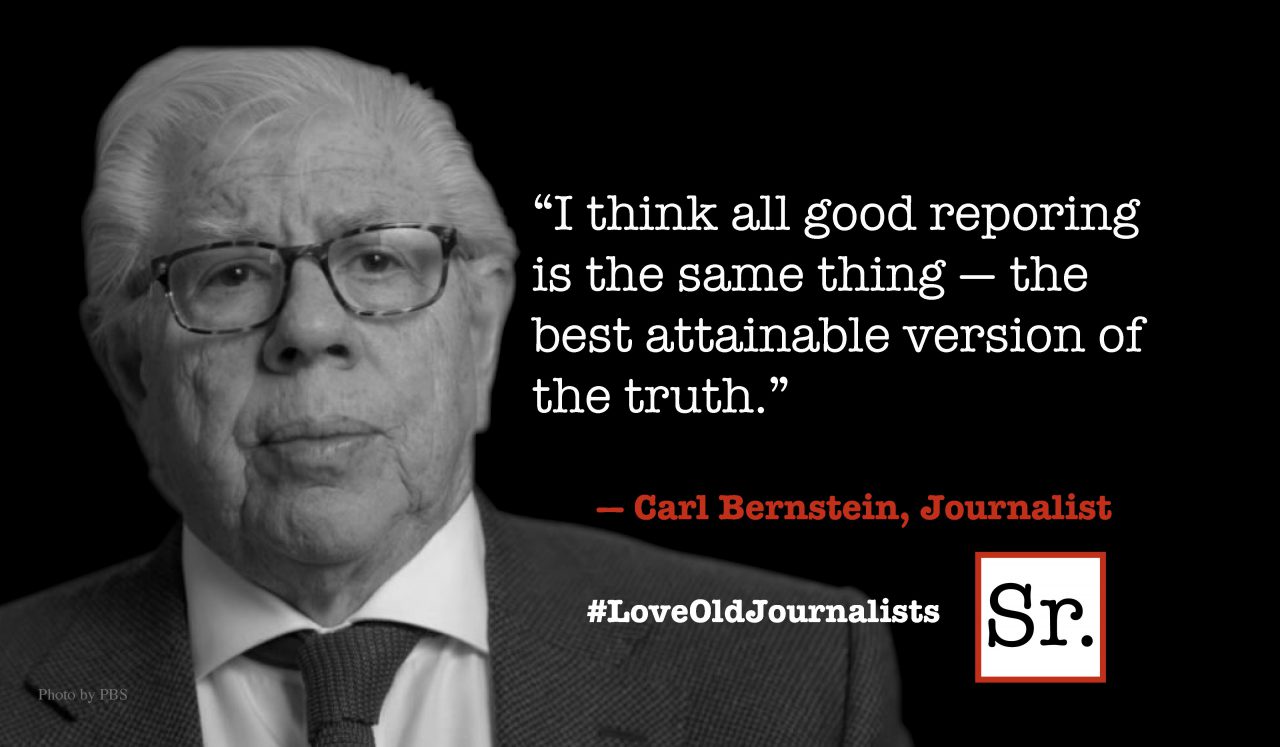As I have sought to escape the domination of the coronavirus, from time to time I have reflected on events from more than 50 years ago, encounters that shaped my view of the world.
While I had vigorously opposed the Vietnam War, my commitment was often a rational exercise. I could and did cite a dozen reasons for opposing our involvement. But there was one event in 1968 so emotionally charged that it altered my perception and action, and solidified my commitment to the radical students I knew.
My church was less than a mile from Chicago’s marvelous Lake Shore Drive and the world-famous Museum of Science and Industry. Not only did that museum trace the development of the scientific revolution, it did so with scores of hands-on demonstrations, many available to children. Among other things was the replica of a coal mine. Children probably learned more in that museum about how the world functioned than anything they could absorb sitting in a classroom.
One morning I receive a highly-charged phone call from an emotional student.
“Whatever you are doing, drop it and get down to the museum as soon as you can, there is something you need to see!” It was a 10-minute walk and I got there in a little more than five.
Inside the front doors was a large hall where new exhibits were displayed. To my dismay, the Army had set up an actual Vietnam-style armored helicopter, equipped with a machine gun and a rocket launcher. The display had outside steps to assist children who could sit in the pilot’s seat and operate the weapons.
These lethal armaments had now been rigged to shoot at electronically produced targets. And here were children from a local school waging war by shooting at a panorama. And what was the target? A Vietnamese village made up of simple straw huts. When these targets were successfully hit they exploded in flame, to be replaced by new images ready for the next child.
I needed to do something, so I made a few phone calls and within an hour about 20 students and other local residents arrived ready to do battle with the museum’s director. Since it was obvious he intended to take no action, a couple of the student leaders organized a group that stopped traffic on Lake Shore Drive by lying down, their bodies stretched over the four lanes. That action immediately summoned the Chicago police, including the precinct commander.
I often had conversations with Captain Pepp, and found him to be a decent man doing a difficult job. The demonstrators were arrested and taken somewhere by bus. Captain Pepp and I spent an hour working out an acceptable solution to the problem caused by the exhibit. There would be no more demonstrations, and the museum would be closed the rest of the day. When I arrived at the museum the next morning, the helicopter was gone and those arrested released without charges.
Around the University of Chicago the war was bitterly opposed. Even so we stood by the students who had received their draft notices supporting whatever they had decided to do. Some responded by agreeing to serve in the armed forces. Some simply refused and took the consequences. Others escaped to Canada.
These days as American deaths from the coronavirus have far surpassed the deaths in that terrible conflict, we have been reminded again of the war’s horror. Even so we may still have neglected to face that war’s ultimate disgrace. We had gotten involved in a bloody conflict to save South Vietnam from the communist aggressors — and we lost.
Following the end of the war in 1975, the entire peninsula became a united country, the Socialist Republic of Vietnam, and Saigon was renamed Ho Chi Minh City. As hard a lesson as that was, we have not realized what it cost, and the foolish, violent, murderous absurdity of celebrating that war with a helicopter exhibit inviting children to rain down death, is hardly remembered.









